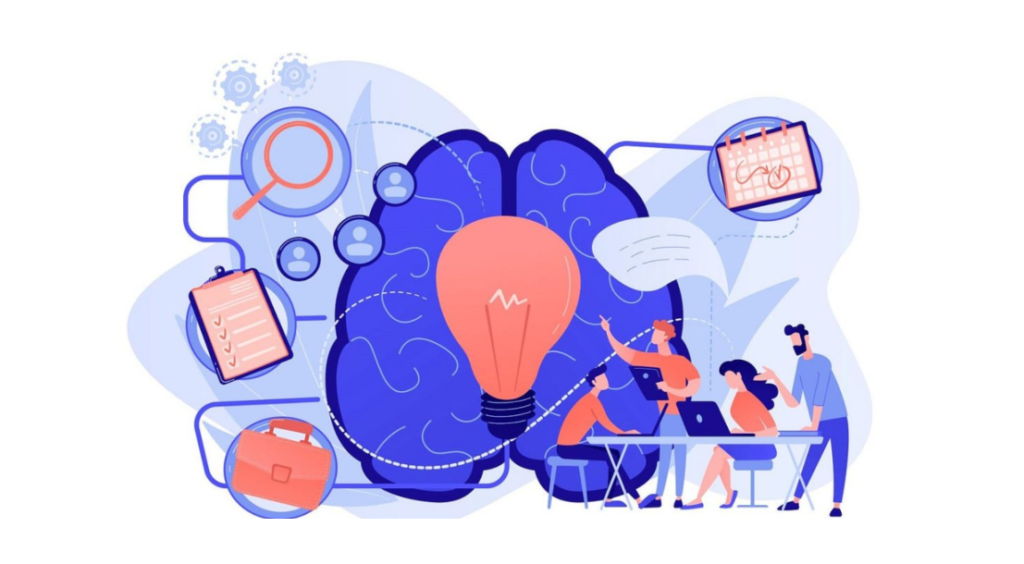In the fast-paced and competitive landscape of online business, mastering the art of Conversion Rate Optimisation (CRO) is the key to staying ahead of the curve. While there are various strategies and tactics to enhance conversion rates, one approach that stands out for its effectiveness is leveraging behavioural triggers.
What Are Behavioral Triggers?
Before we dive into the implementation, it’s crucial to understand what behavioural triggers are and why they hold the potential to revolutionise your CRO efforts. Behavioural triggers are specific actions, events, or conditions that prompt a user to take a particular action. These triggers are rooted in consumer psychology and capitalise on the innate behaviours and emotions of your target audience.
The Psychology Behind Behavioral Triggers
To effectively utilise behavioural triggers, it’s essential to grasp the psychological principles that underpin consumer behaviour. From the urgency created by FOMO (Fear of Missing Out) to the desire for social validation, understanding these psychological drivers will empower you to craft messages that resonate deeply with your audience.
Implementing Behavioral Triggers for CRO

Imagine you own an online clothing store and want to boost your conversion rates by leveraging behavioural triggers.
1. Crafting Attention-Grabbing Headlines
The Power of Curiosity
Start your journey into behavioural triggers by mastering the art of creating attention-grabbing headlines. Curiosity is a potent trigger that can’t be ignored. Craft headlines that spark curiosity and compel visitors to explore further.
Before: “Explore Our New Collection”
After: “Unlock Exclusive Styles: Dive into Our Mesmerizing Fall Collection Today!”
By incorporating the trigger of curiosity, the revised headline sparks interest and entices visitors to explore the new collection with a sense of exclusivity and allure.
The Fear-Appeal Headline
Another effective approach is using fear-appeal headlines. By tapping into the audience’s fears or pain points, you can create a sense of urgency.
Before: “Limited-Time Offers on Selected Items”
After: “Don’t Miss Out! Grab Your Favorites Before They Vanish – Limited Stock!”
The fear-appeal headline instills a sense of urgency, tapping into the fear of missing out on coveted items. This subtle psychological nudge encourages visitors to act promptly.
2. Captivating Leads: The Gateway to Conversions
Personalisation for Connection
Captivating leads plays a pivotal role in guiding users through the conversion funnel. Personalisation is a behavioural trigger that fosters a sense of connection. Tailor your leads based on user data, addressing them by name and showcasing personalised recommendations. This establishes a rapport and increases the likelihood of conversion.
Before: “Sign Up for Our Newsletter”
After: “Hello [Visitor’s Name]! Join Our Fashion Family for Personalised Style Updates and Exclusive Deals!”
Storytelling for Emotional Engagement
Harness the power of storytelling to evoke emotions. Share success stories, testimonials, or narratives that resonate with your audience. When users connect emotionally with your brand, they are more inclined to convert. Craft leads that tell a story, weaving in elements of triumph and relatability.
3. Persuasive Calls to Action (CTAs)
The Urgency Factor
One of the most potent behavioural triggers for CTAs is urgency. Implement countdown timers, limited-time offers, or phrases like “Act Now” to create a sense of urgency. The fear of missing out on a valuable opportunity drives users to take immediate action, significantly boosting conversion rates.
Social Proof for Trust
Build trust through social proof. Feature customer reviews, testimonials, or user-generated content strategically in your CTAs. When users see that others have benefited from your product or service, it instills confidence and acts as a powerful trigger for conversion.
Before: “Add to Cart”
After: “Join Thousands of Happy Customers – Add to Cart and Experience Style Confidence Now!”
By incorporating social proof in the CTA, potential customers are reassured by the collective positive experiences of others, fostering trust and nudging them towards conversion.
4. Responsive Design and User Experience
Tailoring Experiences with Behavioral Data
Harness the power of behavioural data to create a responsive and personalised user experience. Analyse user behaviour on your site, such as time spent on specific pages or products viewed, to tailor the website’s content dynamically. Showcasing relevant content based on user behaviour enhances engagement and conversion rates.
Simplifying the Decision-Making Process
Behavioural triggers can be employed to simplify the decision-making process for users. Implement intuitive navigation, clear product descriptions, and seamless checkout processes. By minimising friction and guiding users seamlessly, you reduce the likelihood of abandonment and increase the chances of conversion.
5. A/B Testing and Iterative Refinement
Data-Driven Optimisation
A/B testing is a fundamental tool for optimising the impact of behavioural triggers. Experiment with different headlines, lead strategies, and CTAs to identify what resonates most with your audience. Analyse the data meticulously to understand the behavioural patterns that drive conversions, allowing you to refine your approach iteratively.
Continuous Adaptation to Evolving Behaviors
Consumer behaviours are dynamic, and staying ahead requires continuous adaptation. Regularly revisit and update your behavioural triggers based on changing market trends, user preferences, and technological advancements. Being proactive in monitoring and adjusting ensures that your CRO strategies remain effective in the long run.
Transforming Your CRO Landscape
Behavioural triggers are a game-changer in the realm of Conversion Rate Optimisation. By understanding the psychology behind user behaviour and strategically implementing triggers in your headlines, leads, CTAs, and overall user experience, you can create a compelling narrative that resonates with your audience.
Embrace the power of behavioural triggers today and watch as your CRO efforts reach new heights, driving sustained growth and success for your online business.


